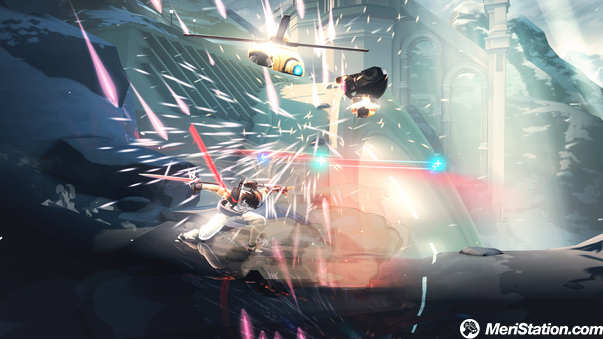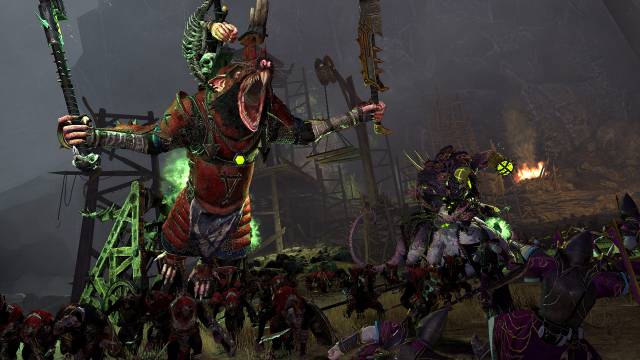Strider is one of those cult licenses that, in spite of the years that have elapsed since its coming-out and the few occasions in which it has returned with a new delivery, continue more than present in the memory of the fans. Its first appearance dates from 1989 ,
with an amazing recreational work of a Capcom that at that time gave birth to a series of successive titles of extraordinary quality that happened to be part of the History of the video game practically from the same moment in which they were launched.
There were many things that drew attention in this first Strider, among which we must highlight colorful and detailed graphics, sprites of generous dimensions, practically uninterrupted action, challenging level of difficulty, and a striking aesthetic thatWe moved to a dystopian future with clear Soviet reminiscences .
But if everything surrounding the game bordered at a high level, the protagonist stood out even above. It was Hiryu, a hi-tech ninja armed with a deadly plasma sword , possessing great physical agility and a hook that allowed him to climb and climb anywhere as if it were a spiderman.
Sections such as the descent at full speed through a snowy mountain, final leaders such as the tremendous cybernetic gorilla or the mechanical dragon-snake, and practically all the good work of the designers when it comes to giving visual richness to adventure, form today part of the collective memoryas some of the best moments lived in the world of videogames.
The title became an unquestionable success, and received many conversions for all systems and had, as well as an NES version that, as it was not uncommon to see on that console, it became an independent game compared to what was seen in the original arcade; in fact, Strider was in its beginning a project divided into three parts: manga
(hence Capcom shares the license with the mangaka Moto Kikaku studio), recreational and game aimed at the 8-bit Nintendo. Already in 1990 came Strider II, an apocryphal sequel perpetrated by the infamous US Gold and programmed by Tiertex, all with the consent of a Capcom USA that did nothing but endeavor to take down the good work being developed by the company’s
Japanese headquarters. Strider II was a game noticeably inferior to the first delivery, and was about to end the license. It was not until 1998 when we heard from Hiryu againthanks to his inclusion as a selectable fighter in Marvel Vs. Capcom, which caused the character to return to the front line of battle, and Capcom finally listen to fans who had long demanded a true sequel to Strider.
The second part, now with all the letters, did not take long to arrive. Strider 2 was released in 1999, first in recreational for a year after a conversion appears for the first PlayStation. Here and yes we talk about a great title, worthy heir of that first Strider that surprised everyone in the late 80’s. With two-dimensional graphics, polygonal backgrounds and a devilish and unbridled gameplay,
Strider 2 made the ten years that the fans had to wait to play a real Strider and it would be worth it. But despite the quality of the game, the franchise
returned to the dry dock. Hiryu was seen in the Marvel Vs. Capcom 2 and 3, as well as in some other cameo, but nothing seemed to augur his return in a new installment of the Strider saga, whose lateral development, mechanics and gameplay of the old school seemed to be too far from what was fashionable at the time.
The improvements that we will acquire throughout the adventure are numerous and spectacular. They are far from being an excuse to open new paths within immense maps, since they are also more than useful in combat.
However, with the arrival of 360 and PS3, the downloadable games ended up providing a second youth to the titles of two-dimensional development and classic gameplay.
Bionic Commando: Rearmed (remake of 2008 of a title sent in NES in 1988) was one of the games that demonstrated it, reason why Capcom decided to put in march a plan to bring of return to Strider.
The first attempt did not materialize, and of the few things that are known about it is that the game was planned to be launched in 2009 or 2010, which was going to be commissioned by the same studio that programmed Bionic Commando: Rearmed,
and that surely this new Strider was going to be a remake of the game released on NES, that we remember was a very different version with respect to the original recreational one. The main reason for this cancellation was none
other than the economic problems and subsequent bankruptcy of Grin, the study in charge of the project. Fortunately, Hiryu had a second chance to enter strongly in the 21st century, as Capcom did not take long to give the green light to a new project.


